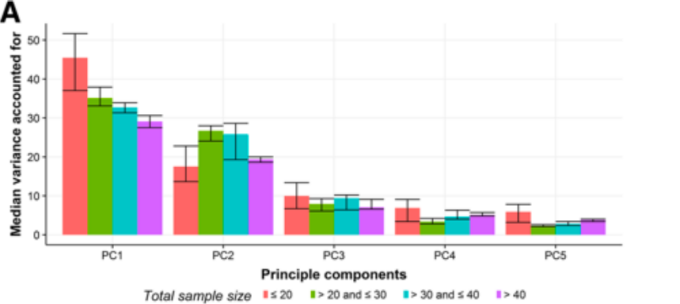LEARM

Latent Expression Analysis and Recording Model: Aimed at human behavior modification research, this project involves developing an interface that brings together the recording of human reactions to different stimuli and apply existing deep learning capabilities to analyze those reactions in three different areas - video (facial reactions), audio (voice) and text (answers to the stimuli).
Overview
Imagine if there could be a way to read human behavior and impact people's decision making process and reduce impulsive responses by giving them positive events that are imagined by themselves. The LEARM project encompasses this idea that is being used a lot of Behavioral Science researchers. In collaboration with a team of researchers at the Department of Behavioral Medicine, UB, Prof Doermann and his team has been working on this idea to generate a Machine Learning model that can accurately process temporal data and analyse human behavior.
The process is very simple. To record the responses to questions that are part of a survey run by the Behavioral Medicine researchers on human subjects as part of their study. Extract the recorded data in three different ways - video, audio and text (answers to questions) and separately process each of these input data of a certain anonymous human subject to find the related or pertinent features that help them in taking "better decisions".
The "better decisions" is governed by the answers to the questions given by them and are scored based on the impulsivity shown while performing a task of hypothetical delay based selection (money, food, other incentives, etc). The objective is to understand the various inputs and how they correlate with these scored decisions.